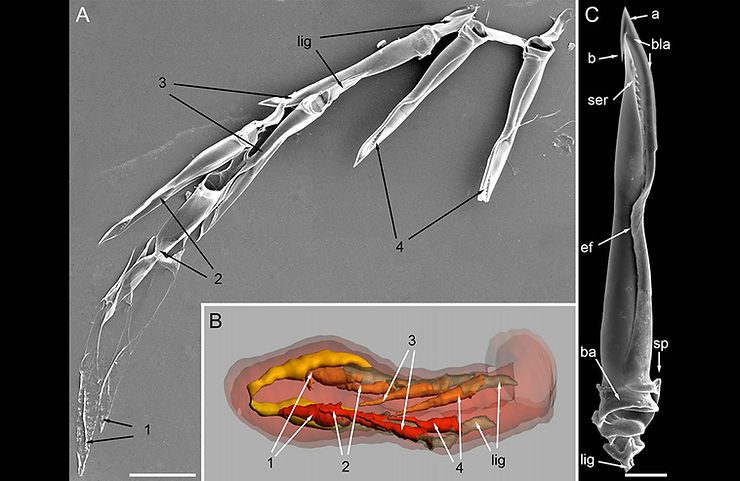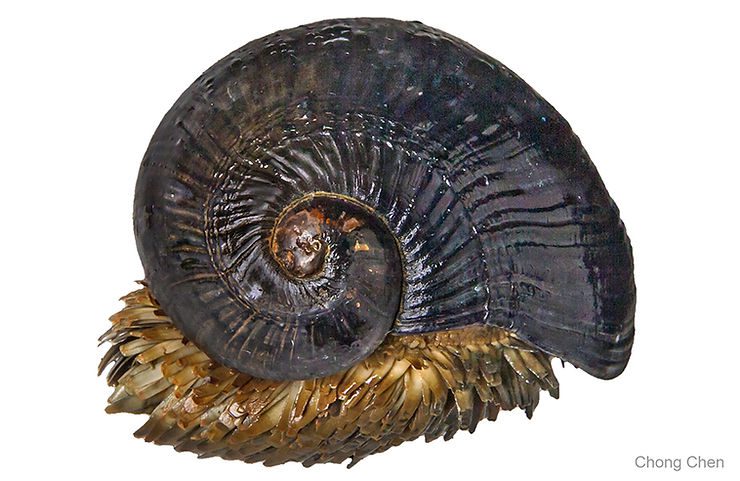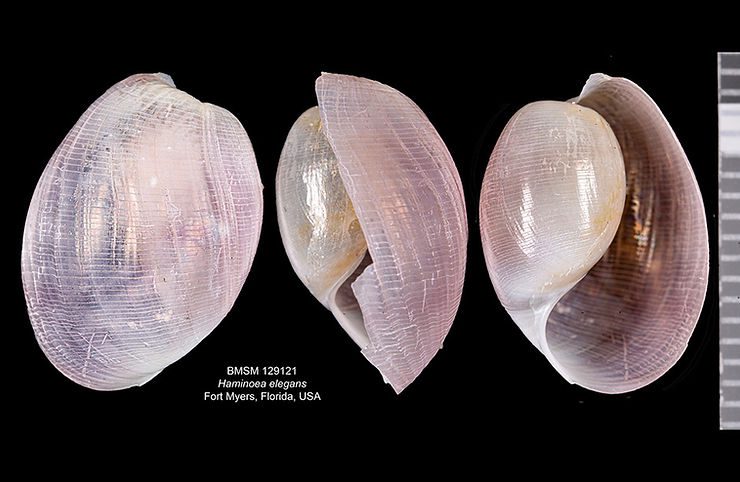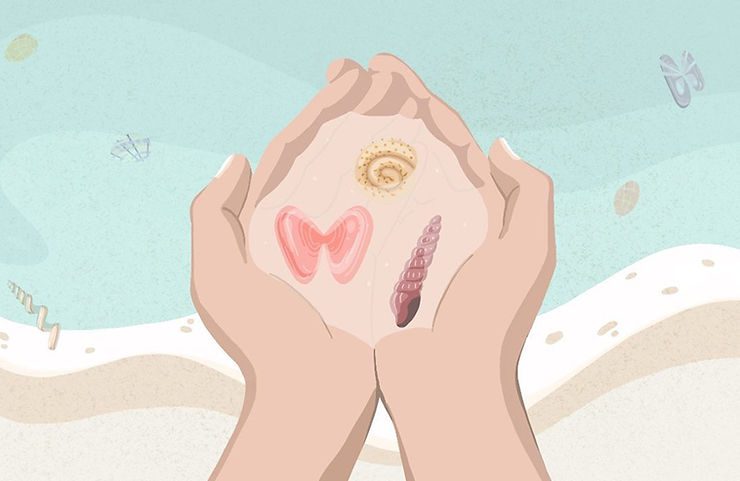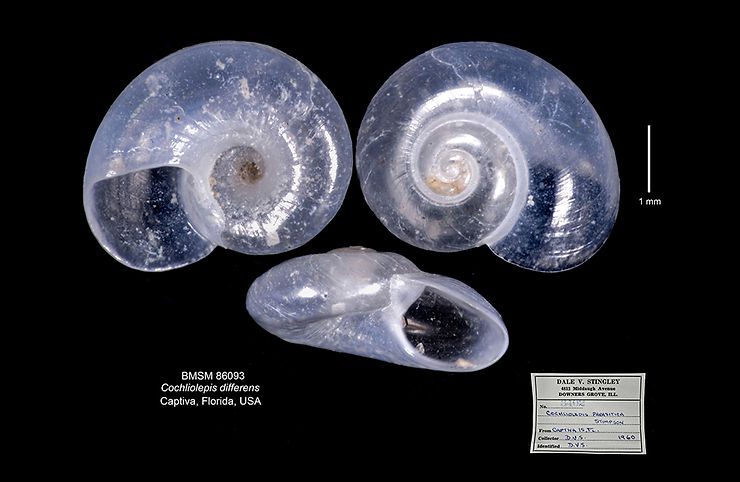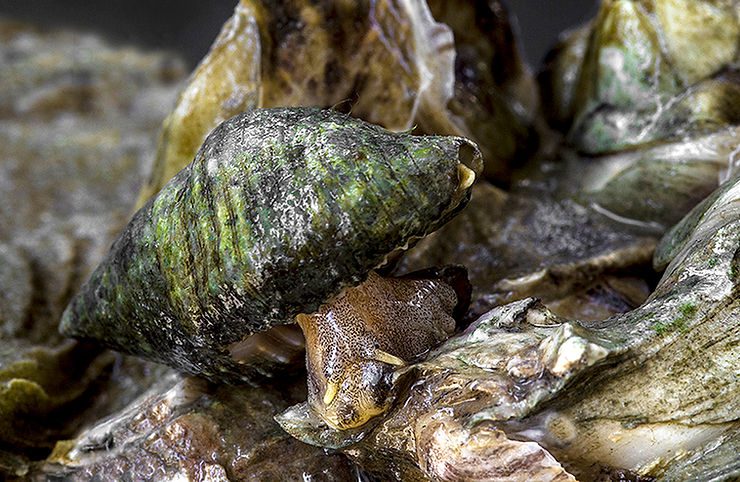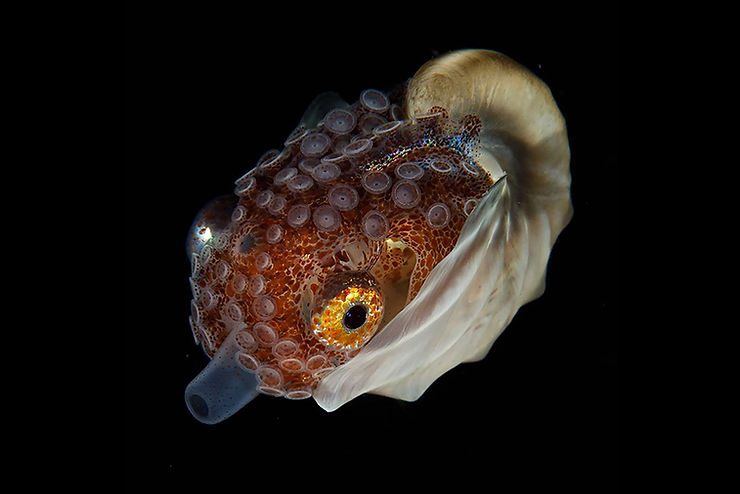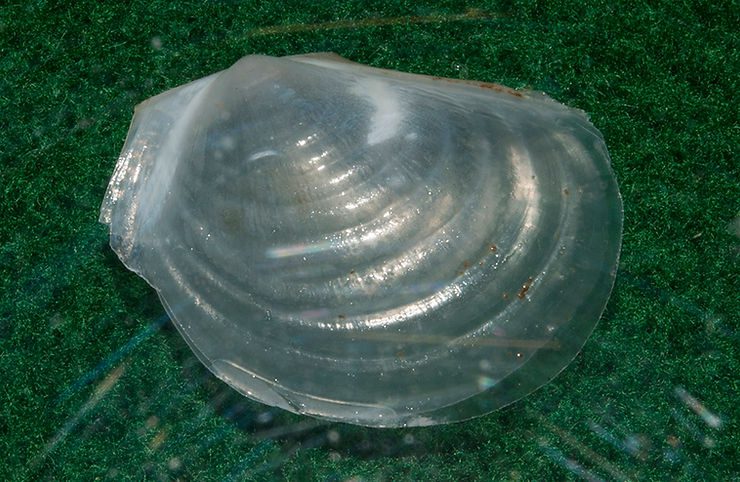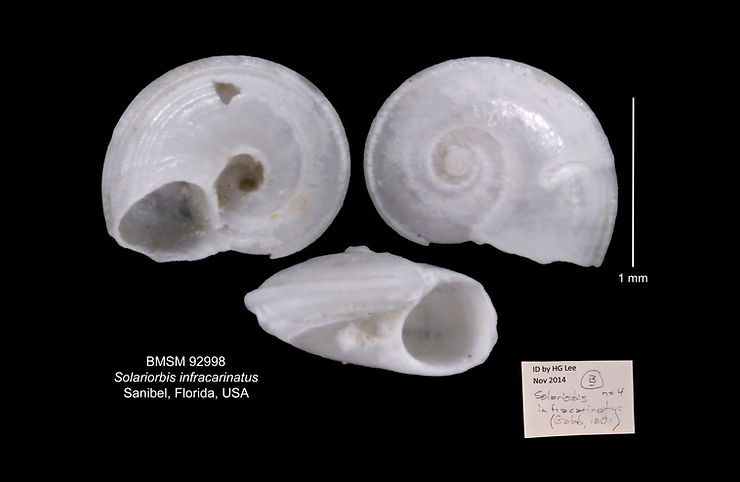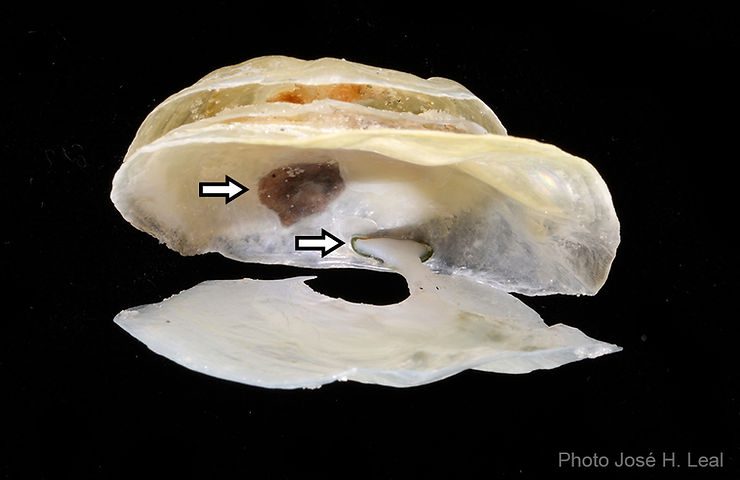
Jingle Double Whammy!
The Common Jingle, Anomia simplex d’Orbigny, 1853, is a bivalve from the tropical western Atlantic and the Gulf of Mexico. They live in shallow-water, attached to dead shells and other hard structures. Many bivalves that make a living attached to hard surfaces rely on a byssus for that attachment. In mussels and other bivalves, the byssus consists of strong, elastic protein fibers; in jingles (Family Anomiidae), the byssus is solid, pillar-like, and made of a tough composite material, a mixture
